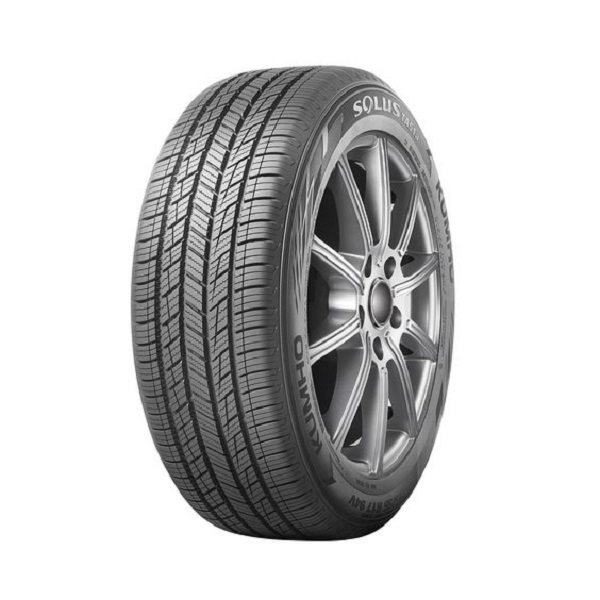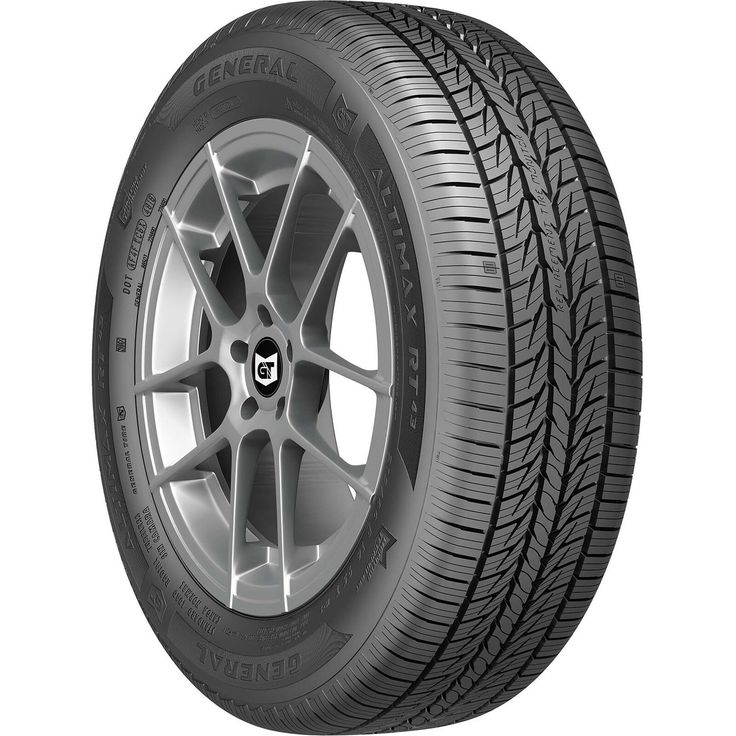Maintaining your vehicle’s tires is crucial for safety, performance, and longevity. One of the key aspects of tire maintenance is knowing how long it takes to rotate and balance your tires. This process not only enhances your car’s handling but also prolongs tire life. In this article, we will delve into the time required for tire rotation and balancing, the benefits of these services, and tips for ensuring your tires stay in top condition.
Understanding Tire Rotation and Balancing
What is Tire Rotation?
Tire rotation involves moving tires from one position on your vehicle to another. Typically, this means switching the front tires with the rear ones or moving tires side to side. This practice ensures even tread wear, as different tires wear at different rates depending on their position and load.
What is Tire Balancing?
Tire balancing is the process of equalizing the weight distribution of a tire and wheel assembly. An unbalanced tire can cause vibrations, leading to uneven wear and potentially unsafe driving conditions. Balancing ensures a smooth ride and maximizes tire life.
How Long Does It Take to Rotate and Balance Tires?
Time Required for Tire Rotation
On average, a tire rotation can take anywhere from 30 minutes to an hour, depending on the service provider and the specific vehicle. This timeframe includes the actual rotation process as well as a brief inspection of the tires and vehicle.
Time Required for Tire Balancing
Balancing tires typically takes an additional 30 to 45 minutes. If performed alongside rotation, the total time for both services usually ranges from 1 to 1.5 hours. Factors such as the type of vehicle and any additional services required can affect the duration.

Benefits of Regular Tire Rotation and Balancing
Improved Tire Longevity
Regularly rotating and balancing your tires can significantly extend their lifespan. By ensuring even wear, you reduce the chances of premature tire failure, saving you money in the long run.
Enhanced Safety
Tires that are balanced and rotated properly provide better traction and handling. This is especially important in adverse weather conditions, where maintaining control is crucial for safety.
Better Fuel Efficiency
Unevenly worn or unbalanced tires can increase rolling resistance, leading to decreased fuel efficiency. By keeping your tires in optimal condition, you can improve your vehicle’s gas mileage.
Signs Your Tires Need Rotation and Balancing
Uneven Wear Patterns
If you notice uneven tread wear on your tires, it may be time for a rotation. Inspecting your tires regularly can help you catch these issues early.
Vibrations While Driving
If you feel vibrations through the steering wheel or seat while driving, it could indicate that your tires are unbalanced. Addressing this issue promptly can prevent further damage.
Noise During Driving
Unusual noises, such as humming or thumping, may also signal that your tires need balancing or rotation. Pay attention to any changes in sound while driving.
How Often Should You Rotate and Balance Your Tires?
Recommended Frequency
Most manufacturers recommend rotating your tires every 5,000 to 7,500 miles, but this can vary based on driving habits and tire type. Balancing should be done whenever you notice signs of imbalance or when you get new tires installed.
Consider Your Driving Conditions
If you frequently drive on rough roads, or carry heavy loads, consider rotating and balancing your tires more often. This will help counteract the increased wear and tear on your tires.
DIY Tire Rotation and Balancing: Is It Possible?
When to DIY
If you have the right tools and knowledge, you can rotate your tires at home. However, balancing requires specialized equipment, making it best left to professionals. Always refer to your vehicle’s manual for the proper rotation pattern.
Tools Needed
If you decide to rotate your tires yourself, you’ll need:

- A jack and jack stands
- A lug wrench
- Torque wrench
- Tire pressure gauge
Safety Considerations
Always prioritize safety when working on your vehicle. Ensure your car is on a flat surface and securely lifted before attempting any tire work.
Finding a Reliable Service Provider
Research Local Options
Look for local mechanics or tire shops with good reviews. Ask friends or family for recommendations, and check online ratings. A reputable provider will ensure your tires are rotated and balanced correctly.
Inquire About Services
When choosing a service provider, inquire about their experience, equipment, and warranty on their services. A professional shop should be able to answer your questions and provide peace of mind.
Understanding the Cost of Tire Rotation and Balancing
Average Costs
The cost for tire rotation and balancing can vary widely depending on the service provider and location. On average, you can expect to pay between $20 and $50 for tire rotation and around $15 to $30 for balancing. If both services are bundled, many shops offer a discount, making it more economical.
Factors Affecting Pricing
Several factors can influence the cost of these services:
- Type of Vehicle: Larger vehicles, such as SUVs and trucks, may cost more due to the additional labor and equipment required.
- Location: Prices can vary based on geographic location. Urban areas often have higher labor rates than rural ones.
- Service Packages: Some tire shops offer service packages that include rotation and balancing along with other services, which can provide better value.
Importance of Tire Maintenance Records
Keeping Track
Maintaining a record of your tire services, including rotations and balances, is essential for monitoring your vehicle’s health. This log can help you determine patterns in wear and guide future maintenance decisions.
Benefits of Documentation
- Warranty Compliance: Many tire warranties require proof of regular maintenance. Keeping records can help you make claims if needed.
- Future Service Planning: Documenting past services can guide you in scheduling future maintenance, ensuring you never miss a rotation or balance.
Tire Technology and Innovations
Advancements in Tire Design
Modern tires come with advanced technologies that enhance performance and durability. Features such as run-flat technology, all-season tread designs, and low rolling resistance can impact how often you need to rotate and balance your tires.
Monitoring Systems
Many vehicles now come equipped with tire pressure monitoring systems (TPMS). These systems alert you when tire pressure is low, helping you maintain optimal tire health and performance. Staying on top of tire pressure can also reduce the frequency of balancing and rotation needs.
Environmental Considerations
Eco-Friendly Tire Disposal
When it’s time to replace your tires, consider choosing eco-friendly disposal options. Many tire shops recycle old tires, reducing landfill waste and promoting sustainability.
Fuel Efficiency and Emissions
Properly maintained tires improve fuel efficiency, which can reduce your vehicle’s carbon footprint. By ensuring your tires are regularly rotated and balanced, you contribute to lower emissions and a healthier environment.

Tips for Extending Tire Life
Regular Inspections
Regular tire inspections can catch issues before they escalate. Check for signs of uneven wear, bulges, or foreign objects lodged in the tread. Doing this every month can help you stay ahead of potential problems.
Proper Inflation
Maintaining the correct tire pressure is crucial for tire longevity. Under-inflated tires wear out faster and can lead to blowouts. Check your tire pressure at least once a month and before long trips, and always inflate them to the manufacturer’s recommended levels.
Alignment Checks
Misalignment can lead to uneven tire wear and compromised handling. If your vehicle pulls to one side or your steering wheel is off-center, consider getting a wheel alignment. Regular alignments can ensure your tires wear evenly.
Take Control of Your Tire Health
Understanding how long it takes to rotate and balance tires, along with the associated benefits, empowers you to take control of your vehicle’s maintenance. By being proactive about tire care, you enhance safety, performance, and fuel efficiency. Regular check-ups and addressing issues as they arise will keep you and your passengers safe on the road.
